On April 8, 2024, the moon covered the Sun, causing a giant shadow to fall on Earth during a total solar eclipse. This event was enthusiastically watched by an audience of millions of observers with their eyes fixed on the sky. The partial eclipse was visible across North and Central America. But the total solar eclipse was visible only in a narrow 185-kilometer band and stretched for a distance of 10 thousand km.
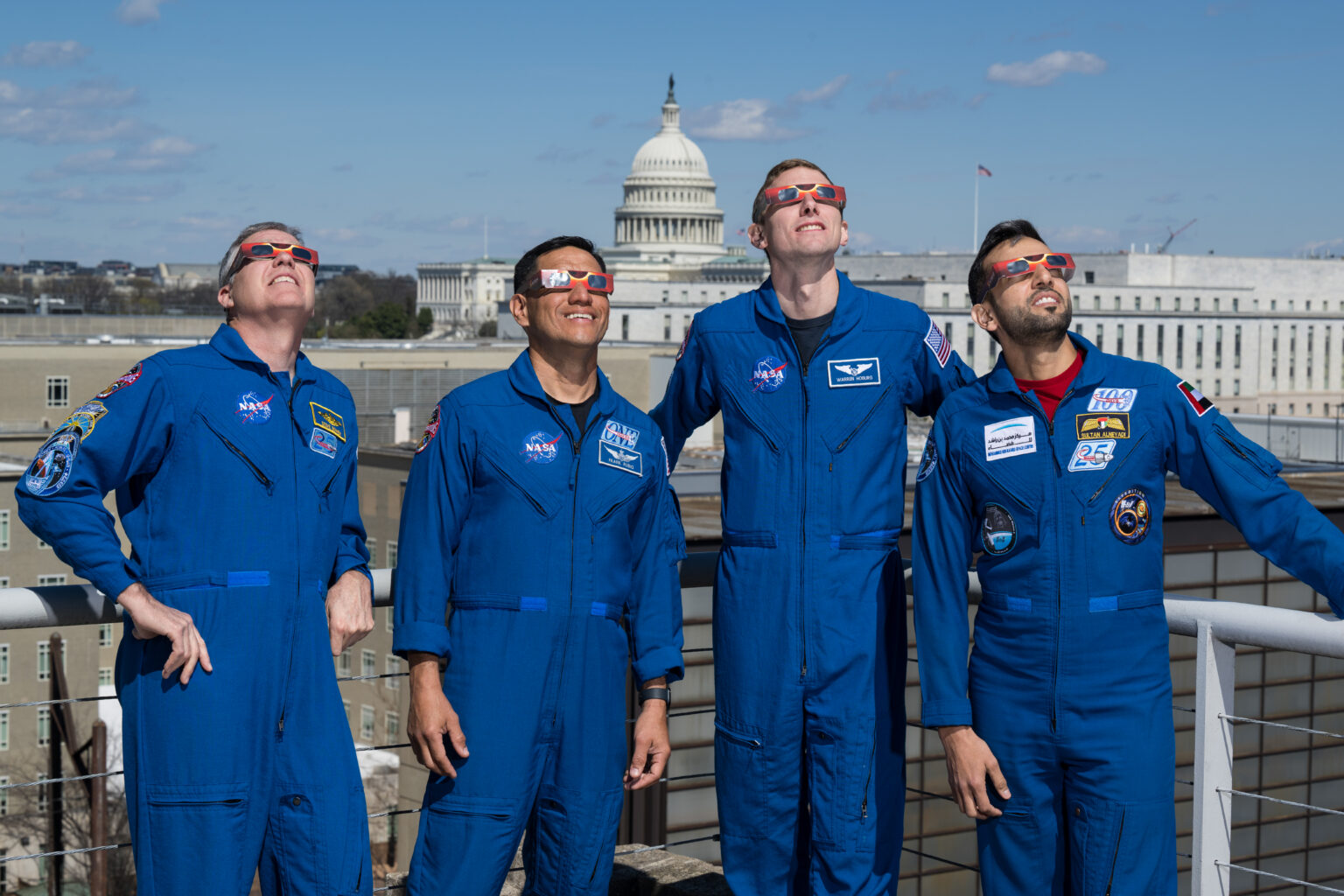
The path of the total eclipse crossed four Mexican states, and then passed through 15 U.S. states and seven Canadian provinces. According to NASA, about 31.6 million people live in the area where the total solar eclipse was observed. But that’s not counting the tourists who came from all over the globe to enjoy the spectacular astronomical event.
The duration of the total eclipse was different in different regions. The residents of Mexico, or rather the citizens of Torreon, were the most lucky, because there the Moon covered the Sun for a record 4 minutes 28 seconds. Over the USA and Canada, the duration of the event was reduced to 3-3.5 minutes.




Residents of the town of Mazatlan in Mexico were the first to see the closed Sun at about 10:21 a.m. local time. The Moon’s shadow crossed the Earth for about 3 hours and 16 minutes before disappearing over the Atlantic Ocean north of the Azores.
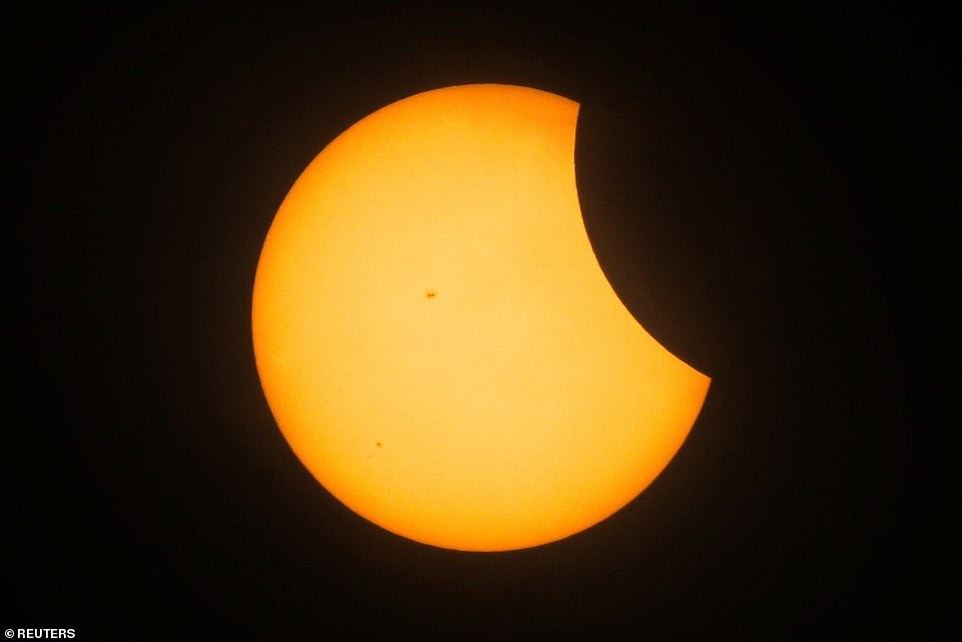
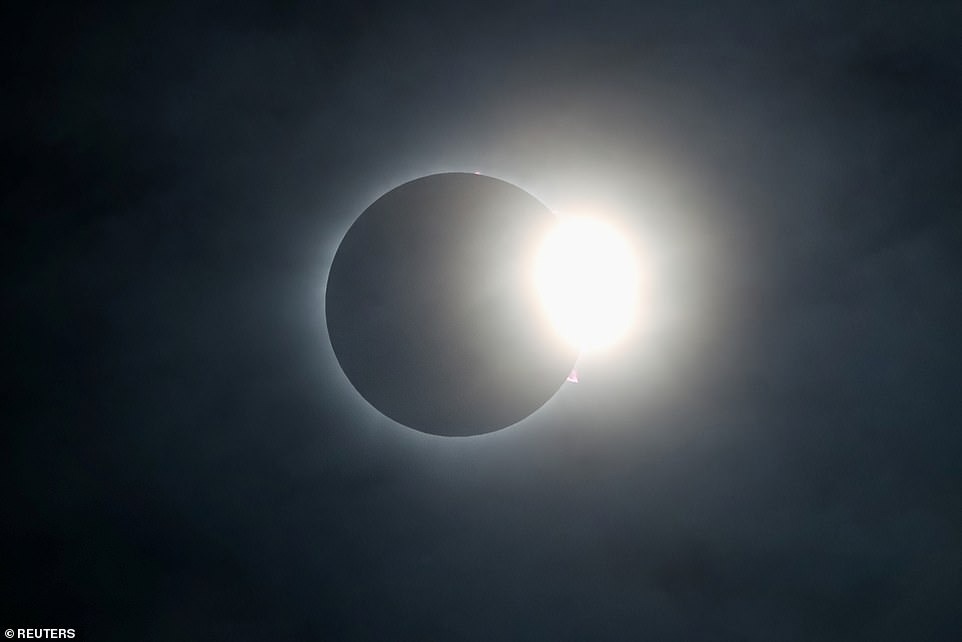
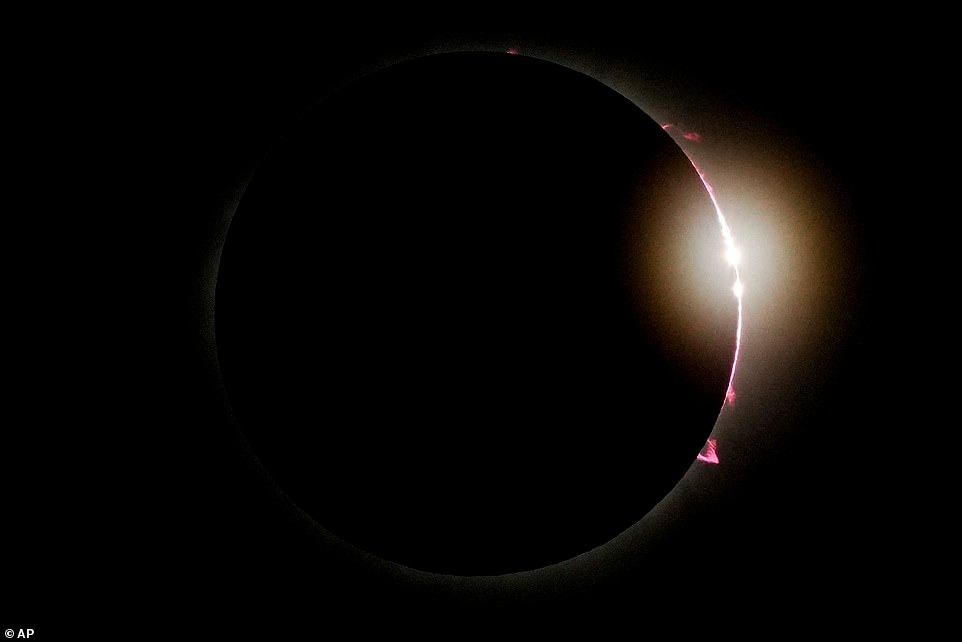
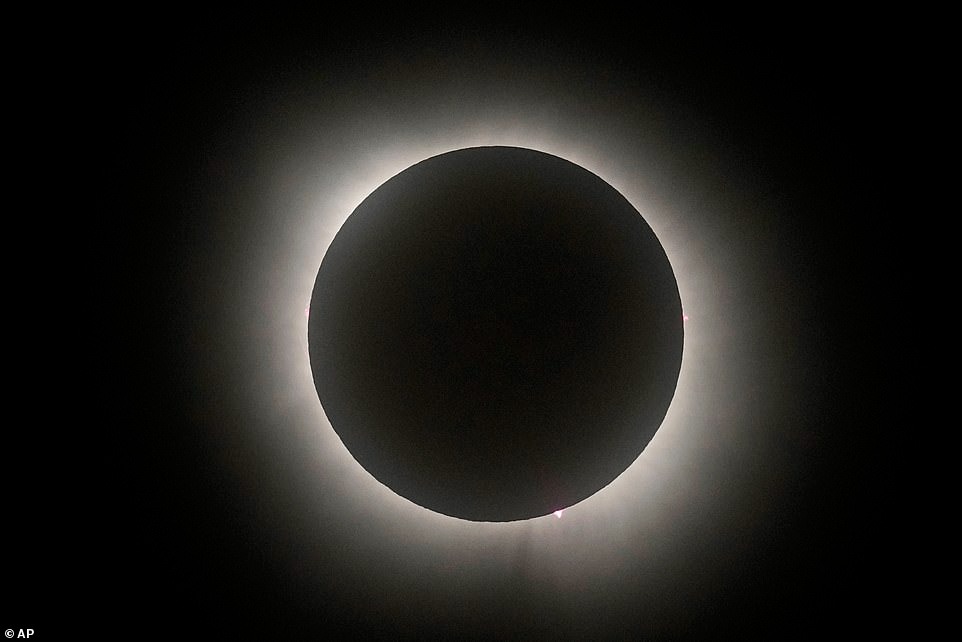
In general, the event took place without serious problems. According to journalists of the world’s media who witnessed the event, there was generally a great atmosphere and sociability among the eyewitnesses. While people were pleasantly surprised by the astronomical phenomenon, it really scared some animals in zoos, over which there was a total solar eclipse. According to the Daily Mail, at the Dallas Zoo, giraffes, zebras and ostriches screamed, squeaked and rushed for cover when the sky suddenly turned darker.
It is also worth noting that not in all regions where the shadow of the Moon fell, eyewitnesses were able to see the eclipse. Unfortunately, cloudy weather prevented us from enjoying the spectacle live, but still at the peak moment “the day suddenly turned into night.”
This is how #SolarEclipse looking from the Sky #EclipseSolar2024 #هلال_شوال #SolarEclipse2024 #Solar #Eclipse #EclipseSolar #Ecuador #Eclipse2024 pic.twitter.com/umYHeBNGFg
— Fighter_4_Humanity (@Fighter_4_Human) April 8, 2024
When will the next total solar eclipse take place?
The next total solar eclipse will occur on August 12, 2026, which will be visible from Greenland, Iceland, the Atlantic Ocean and Spain. It will last the longest near Iceland when the Moon covers the Sun for 2 minutes and 18 seconds.
As for North America, eyewitnesses will see it on March 30, 2033, in Alaska. After that, the American states of Montana, South Dakota, North Dakota and some areas of Canada will meet the astronomical event on August 23, 2044. And a year later, on August 12, 2045, a total solar eclipse will be visible in California, Nevada, Utah, Colorado, New Mexico, Oklahoma, Kansas, Texas, Arkansas, Missouri, Mississippi, Louisiana, Alabama, Georgia and Florida, as well as in the Caribbean and South America.
The nearest solar eclipse in Ukraine will occur in less than a year – on March 29, 2025. But it will be a partial eclipse with a maximum overlap phase of the solar disk of 11%. On August 12, 2026, partial phases of about 40% will already be visible.
To make it convenient for you, we have described when and where the longest total and annular solar eclipses will take place.
According to space.com
Follow us on Twitter to get the most interesting space news in time
https://twitter.com/ust_magazine


